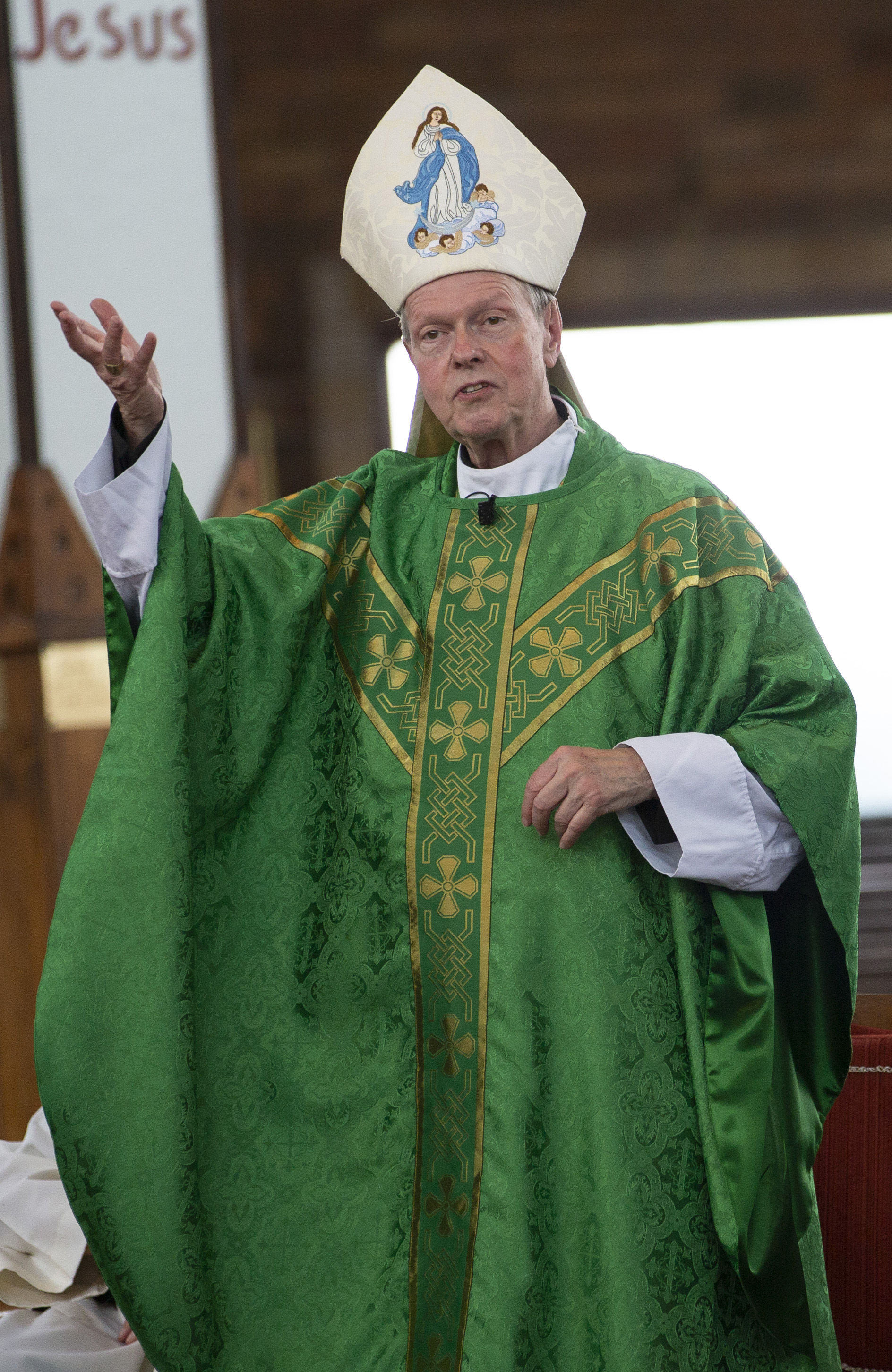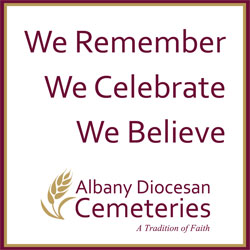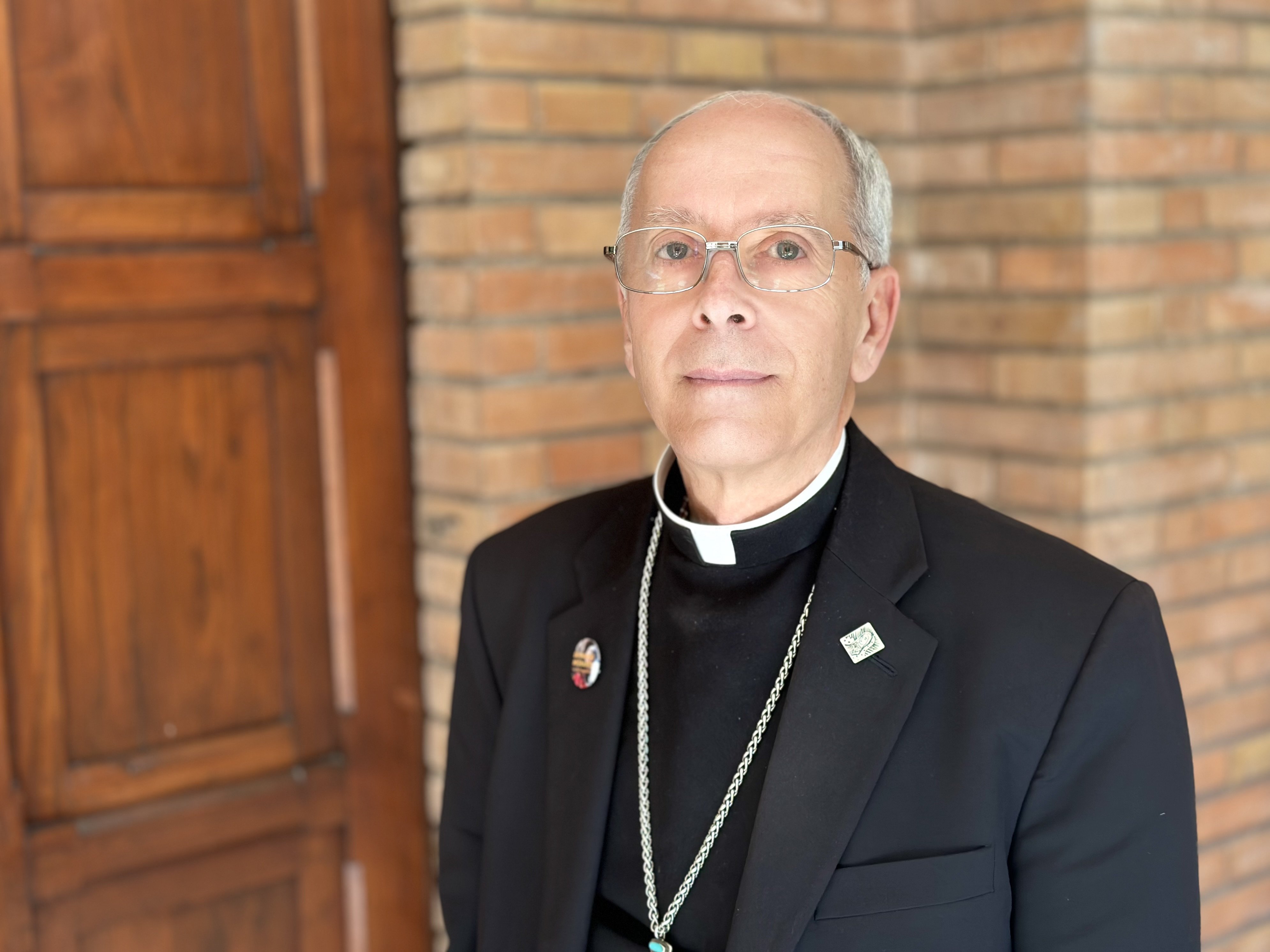January 12, 2022 at 3:42 p.m.
As wonderful as the celebration of the birth of our savior is, it is also nice to get back to Ordinary Time. Ordinary Time brings us into the journey of Jesus Christ and the ongoing revelation that he is the Son of God. The identity of Jesus is revealed through the signs he performs in his public ministry. So often in Jesus’ public ministry he encountered people in the ordinariness of their daily lives: from the conversation he has with a woman coming to the well for water, to the paralytic whom he heals and to the adulterous woman whom he forgives. Most of our faith lives are experienced in that same ordinariness of daily life. From our encounters with family, friends and strangers to our home life, church and work, we have the opportunity to encounter Jesus Christ in the ordinariness of daily life.
Before I go any further, I should first explain what Ordinary Time means in the liturgical life of the Church. It does not mean that Ordinary Time is not important, on the contrary, it simply means we are not celebrating a particular aspect of the Mystery of Christ as we do in the Advent, Christmas, Lent or Easter seasons. However, we are celebrating in Ordinary Time the fullness of the Mystery of Christ. In Ordinary Time — just as in those particular seasons that celebrate the Mystery of Christ coming in the fullness of glory and his birth in Advent and Christmas or his Journey to Calvary in his passion, death and resurrection in the Lent and Easter seasons — the Church lives out the fullness of the Mystery of Christ proclaimed.
On Sunday, we hear of Jesus’ journey from the River Jordan to Cana in Galilee where he performed the first of seven signs in the Gospel of John, which reveal to his disciples that he is the Son of God. From these signs and miracles, such as changing water into wine, which we hear in Sunday’s Gospel to healing the blind man and the raising of Lazarus, we come to know who Jesus is as the Son of God and why he came into the world. Each of the seven signs lead us into a deeper discovery that Jesus has come to make anew again by the forgiveness of our sins and the promise of everlasting life. All of this is made possible by the glory revealed on the cross.
The miracle of the water being turned into wine was not performed to save the host of the wedding from embarrassment because he ran out of wine, rather it was performed to reveal to others who Jesus was as the Son of God. This first sign of the miracle that takes place at the wedding from John 2:1-11 begins the first of seven signs, which reveals Jesus’ glory to his disciples, and this glory will later be revealed to all the nations as Sunday’s psalm reminds us. “Announce his salvation, day after day. Tell his glory among the nations; among all peoples, his wondrous deeds.” (Ps. 96:2-3)
Jesus was invited to perform his first public miracle by his first disciple, his mother. “When the wine ran short, the mother of Jesus said to him, ‘They have no wine.’ And Jesus said to her, ‘Woman, how does your concern affect me? My hour has not come.’ His mother said to the servers, ‘Do whatever he tells you.’ ” (Jn. 2: 2-4) This is the first time we hear of the mother of Jesus mentioned in the Gospel of John and this is the first and last time in the Gospel of John the mother of Jesus speaks. John never refers to the mother of Jesus by name; she is always referred to as the mother of Jesus. When Jesus responds to his mother telling him that they have run out of wine, his words might seem abrupt, “Woman, how does your concern affect me? My hour has not come.” Jesus addressing his mother simply as “woman” should be understood by the modern ear as words of respect, such as the phrase “my lady” would have been used in previous eras.
The first miracle happens during a festive wedding celebration but there is a reason for that also; Jesus is the bridegroom as Isaiah 62:1-5 says: “No more shall people call you forsaken or your land desolate, but you shall be called ‘My Delight,’ and your land espoused. For the Lord delights in you and makes your land his spouse.” The reason for our rejoicing in festive seasons, as well as in Ordinary Time, is because the bridegroom is among us and we, the Church, are the bride. That first sign reveals how that union would be brought about. From the water, which signifies baptism to its being changed into wine, which is a foreshadowing of the blood and water flowing from Christ’s side as he hung on the cross, we are made one with God through the ultimate miracle of Christ’s passion, death and resurrection.
Just as Jesus’ first miracle of changing the water into wine announced the breaking in of God’s Kingdom in human history, the Second Reading (First Corinthians 12:4-11) reminds the Church, the bride of Christ, that she is to use her unique gifts of the spirit to build up the kingdom of God today. With all that being said, Ordinary Time doesn’t seem so ordinary after all.
SOCIAL MEDIA
OSV NEWS
- Get to know the Lord, be like him, pope tells Peru seminarians
- Czech Cardinal Duka, once imprisoned by the communists, dies at 82
- Full text: Pope Leo XIV’s Nov. 5, 2025 general audience
- A church reawakening: 15,000 Catholics to unite for France’s Mission Congress
- Cardinal McElroy diagnosed with ‘non-aggressive’ cancer, scheduled for surgery
- Pope answers questions about migrants, Venezuela, Rupnik trial
- Barron: Administration ‘assured’ him detainees’ access to sacraments ‘under careful review’
- Bishops, humanitarian leader urge bold, courageous action at UN climate conference
- Space must be safeguarded for the common good, says Vatican diplomat
- Pope’s prayer intention is for those struggling with suicidal thoughts








Comments:
You must login to comment.